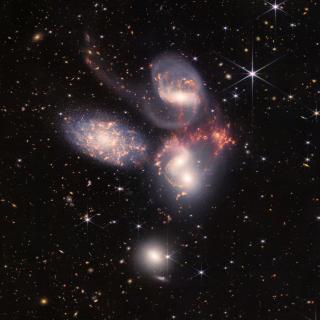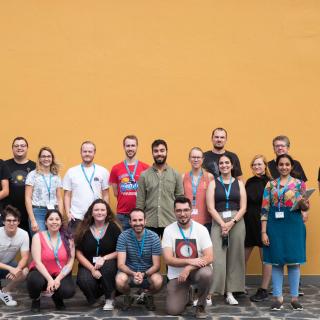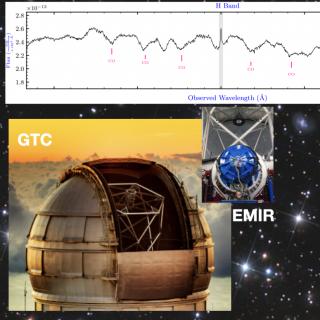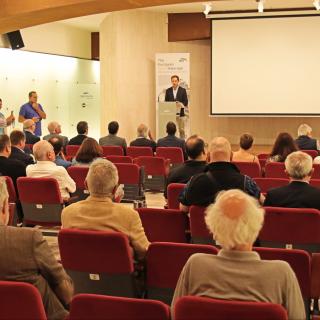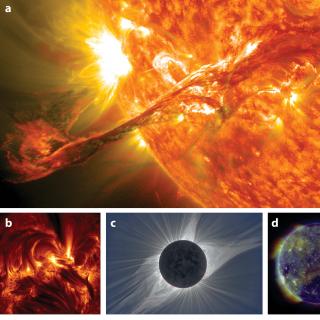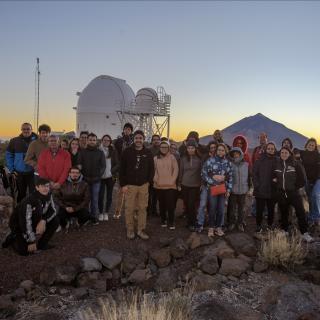
El pasado sábado 1 de octubre tuvo lugar la segunda visita al Observatorio del Teide organizada por el programa #AmigosdelIAC, en el que algunos de los miembros de este programa pudieron conocer las instalaciones y observar el cielo a través de telescopios divulgativos. Si tienes interés en la labor del Instituto de Astrofísica de Canarias y aún no eres “Amigo del IAC”, puedes unirte a nuestro Programa respondiendo esta breve encuesta ( https://cutt.ly/gBlVUFF), sin necesidad de que realices ninguna aportación. #AmigosdelIAC #IACastrofísica #InstitutodeAstrofísicadeCanarias #IAC #Tenerife
Advertised on
